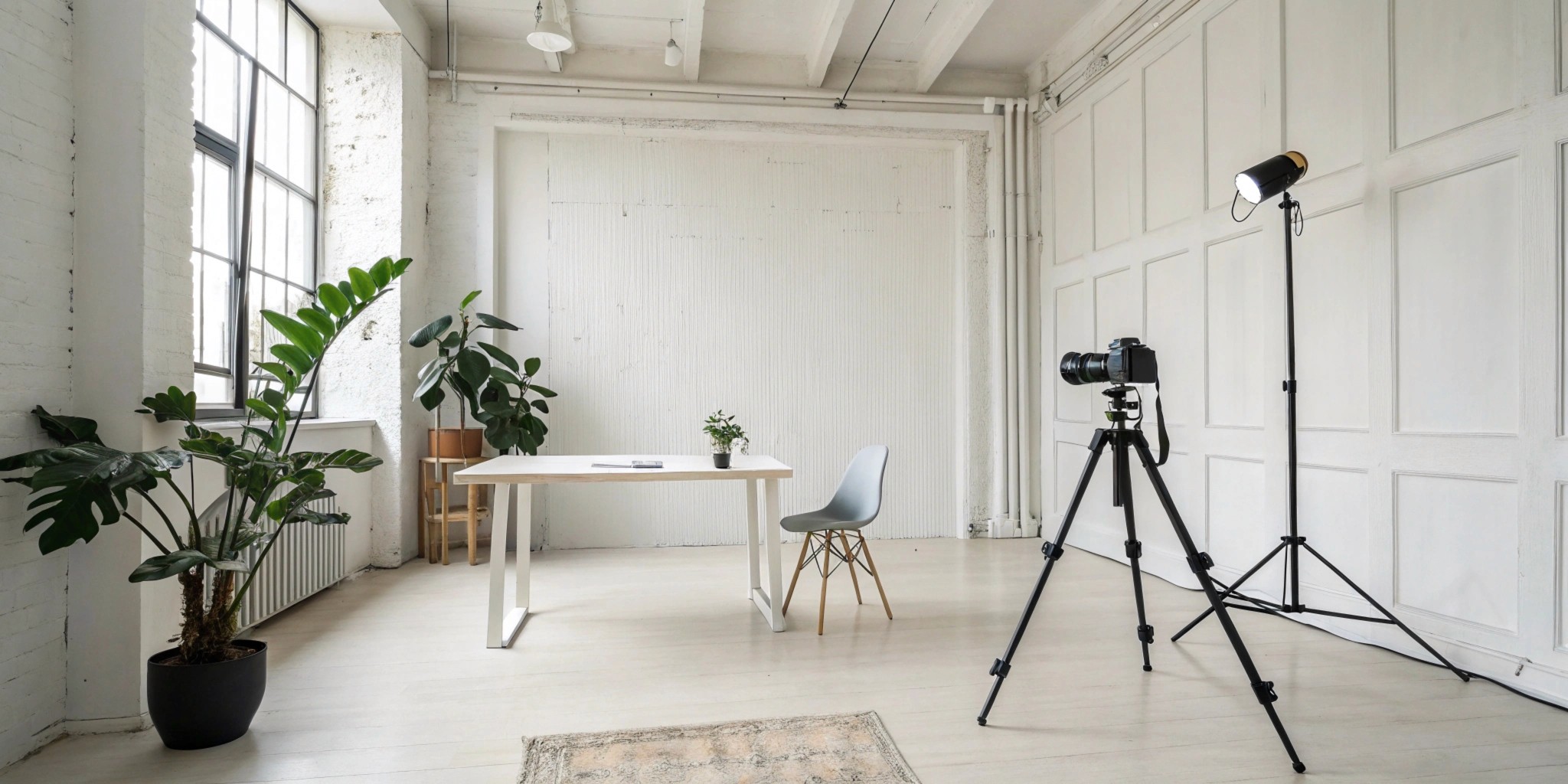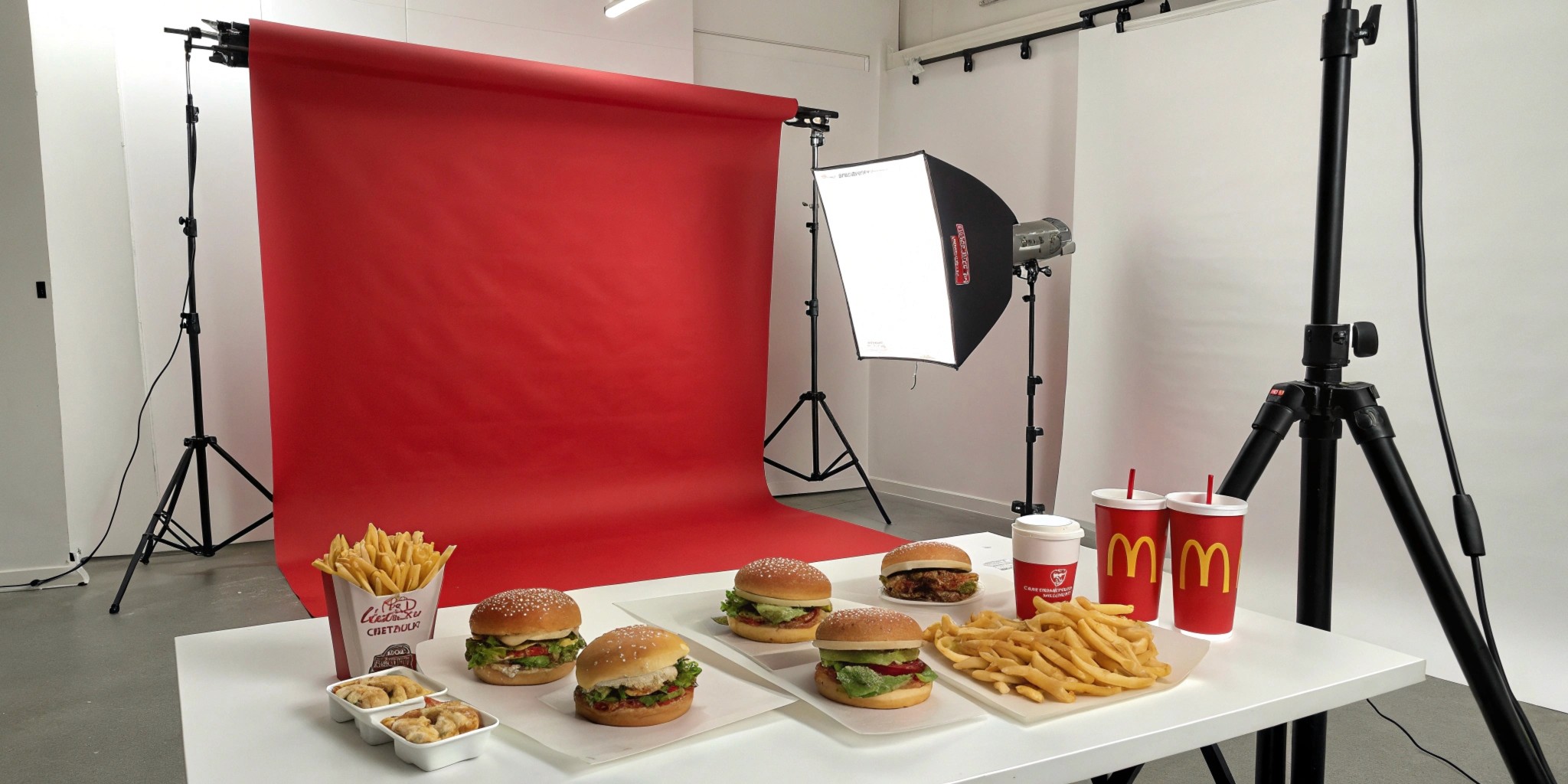Designing for Humans: Why Simplicity Outshines Complexity Every Time
Dec 5, 2024
In an age of information overload, where every brand is vying for attention, simplicity isn’t just a design choice—it’s a necessity. The best designs don’t shout to be noticed; they effortlessly communicate, leaving a lasting impression. This principle lies at the heart of minimalist design, a philosophy that strips away the excess to focus on what truly matters.
Minimalism isn’t about making things plain or boring—it’s about clarity. For brands, this clarity is a superpower. A minimalist approach can make your branding more engaging, memorable, and effective by cutting through the noise and delivering a message that resonates.
The Human Brain Craves Simplicity
Cognitive psychology teaches us that the human brain processes simple visuals faster and more effectively than complex ones. Clean designs reduce cognitive load, making it easier for your audience to understand your message without feeling overwhelmed. Think of iconic logos like Apple or Nike. Their designs aren’t just sleek—they’re unforgettable.
When your branding prioritizes simplicity, it doesn’t just look good; it works harder. Customers can process your message faster, recognize your brand more easily, and recall it when it matters.
Minimalism Builds Trust
Overly complex or cluttered designs can signal confusion or disorganization. On the other hand, simplicity conveys confidence. It says, “We know who we are, and we know what you need.” By presenting your brand with clarity and focus, you build trust with your audience.
Consider web design as an example. A minimalist website is easy to navigate, free of distractions, and optimized for usability. Visitors stay longer, engage more, and leave with a positive impression of the brand.
The Role of White Space
White space—or negative space—is a cornerstone of minimalist design. Far from being wasted space, it’s an active part of the design. White space gives elements room to breathe, making key messages or visuals stand out. It guides the viewer’s eye, creating a seamless flow that enhances the user experience.
Take luxury brands like Chanel or Tesla. Their branding is sparse, with generous use of white space that communicates sophistication and exclusivity. This is no accident; it’s the power of minimalism at work.
Simplicity Drives Versatility
A simple design is a flexible design. When your branding is clean and minimalist, it adapts effortlessly across different mediums—whether it’s a billboard, a social media post, or a product label.
Minimalist designs also stand the test of time. Trends come and go, but simplicity remains relevant. By embracing this approach, your brand can avoid the pitfalls of constant redesigns to stay current.
Making Minimalism Work for Your Brand
Simplicity doesn’t mean sacrificing creativity. It’s about intentionality—every element in your design should serve a purpose. Here’s how to start:
Focus on Core Values: Strip your message down to its essence. What does your brand stand for? Let that guide your design.
Limit Your Palette: Use a restricted color scheme that aligns with your brand’s personality.
Prioritize Typography: Simple, clean fonts can be incredibly powerful in creating a distinctive yet minimalist look.
Embrace Negative Space: Don’t fill every inch of your design. Sometimes, less really is more.
Test and Iterate: Minimalist design isn’t one-size-fits-all. Gather feedback and refine to see what resonates best with your audience.
The Bottom Line
Minimalist design isn’t just an aesthetic—it’s a strategy for creating branding that connects with people on a deeper level. By focusing on simplicity, you can communicate your message more effectively, build trust, and create an identity that stands the test of time.
In a world where attention spans are shrinking, brands that embrace simplicity will always shine brighter. The question isn’t whether you should simplify—it’s how soon you can start.
You might also like:
Beyond the Screen: How Print Design Creates Tangible Brand Connections
Learn why print materials still matter in a digital-first world and how to make them stand out.
Guides
Design
The Secret to Great Branding? It’s Not What You Think
Dive into the unexpected elements that make a brand unforgettable.
Branding
Design


